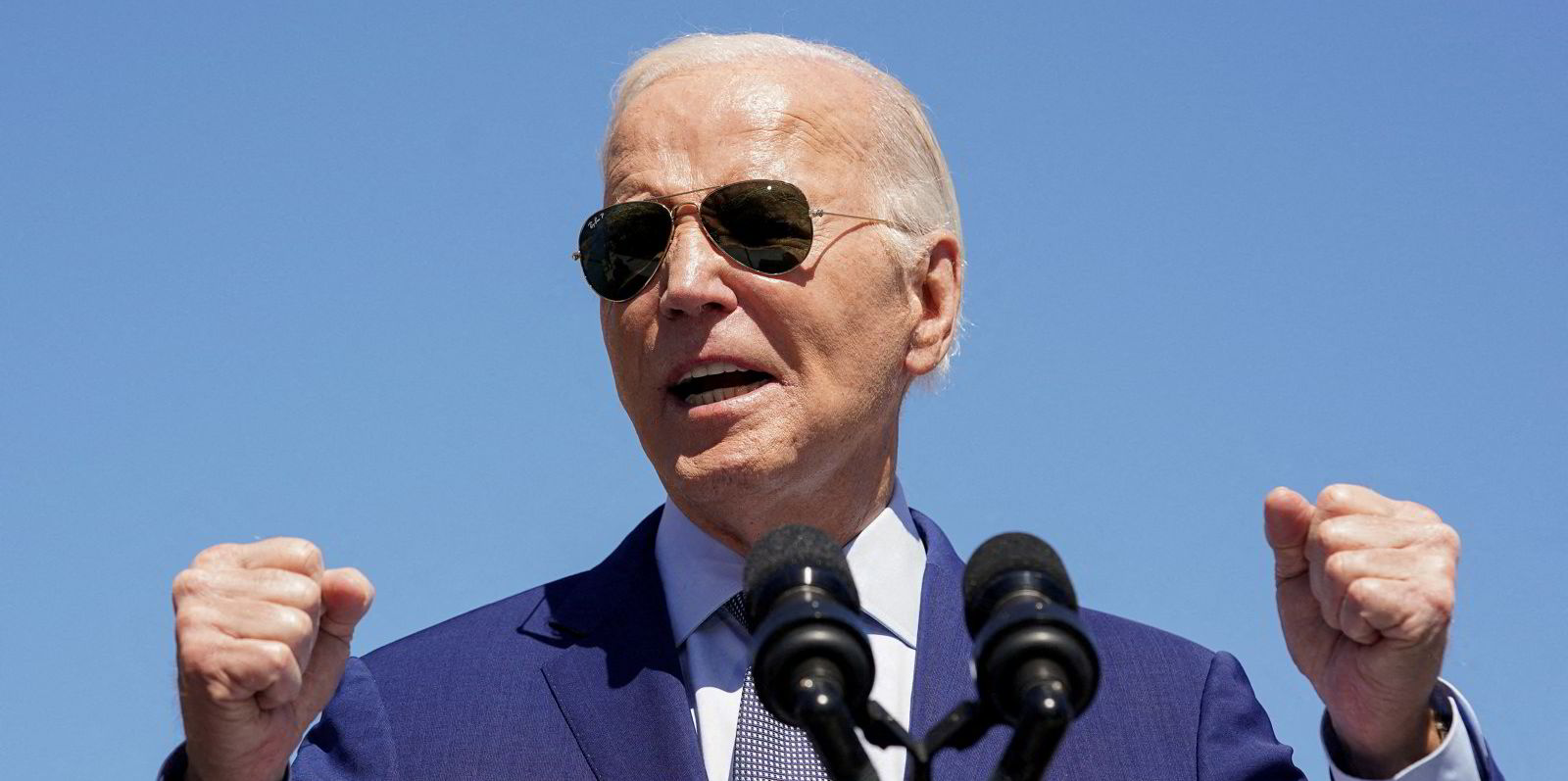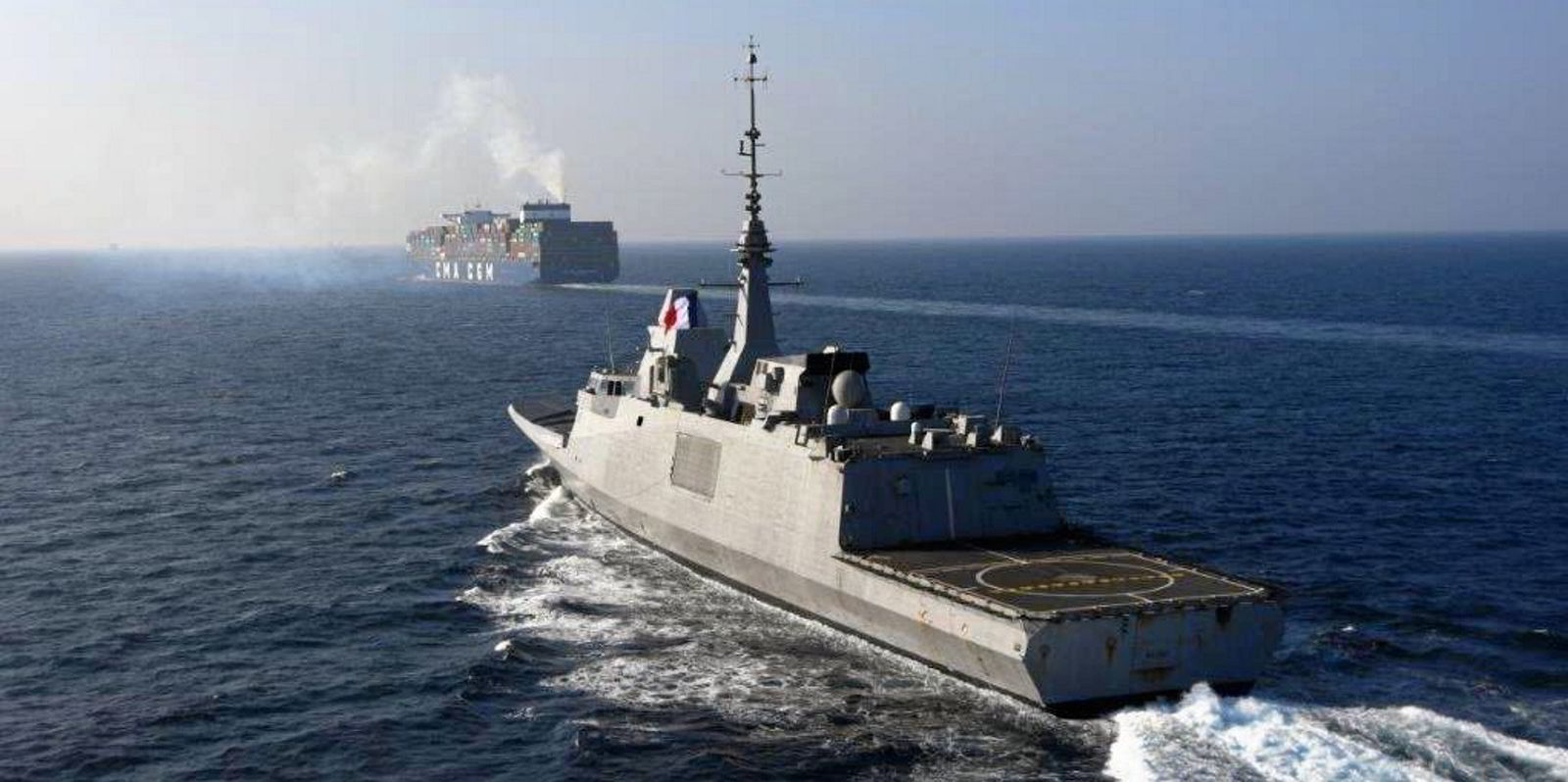The prognosis for the container trade over the next 18 months is less grim than feared thanks to a strong US economy, analysts believe.
Freight rates from Asia to the US are bouncing back after having fallen steeply over the past six weeks.
That is despite the waning impact of the Red Sea crisis and the rising number of vessel transits through the Panama Canal.
Rates from Asia to the US East Coast rose 10% to $5,619 per 40-foot equivalent unit in the week ending 22 March, following a chunky 22% drop of $1,508 since the start of the month.
The rise comes despite an easing of restrictions for vessels transiting the Panama Canal.
While water levels in the Gatun Lake that supplies the Panama Canal locks are still projected to fall, both current and projected water levels are higher than expected.
That is a good sign for transpacific shippers to the US East Coast.
It enabled daily transits through the Panama Canal to rise from 24 to 27 this month, although a worsening of conditions could still force the rerouting of ships and cargo.
Another concern is the prospect of talks designed to renew a contract that is set to expire in late September for longshoremen in US East Coast and US Gulf Coast ports.
“A complete breakdown in negotiations seems unlikely, but should it happen, it could wreak havoc on supply chains,” said Bimco chief shipping analyst Niels Rasmussen.
Failure to reach an agreement may lead to shipments being booked early or a shift of some cargo volumes to the US West Coast.
That has yet to happen.
Rates from Asia to the US West Coast are down from a peak of over $5,000 per feu in February to $3,741 per feu last week.

That is still up from around $1,500 per feu in early December.
Reasons to be cheerful
Container demand to the US provides reasons for liner operators to be cheerful about 2024 prospects, said Maritime Strategies International.
The UK-based analyst forecasts healthy volume growth after three consecutive years of decline, as a predicted shift away from spending on goods and towards services has failed to materialise.
MSI forecasts overall container trade growth of 4% in 2024 and similar growth in 2025.
That is based on the second half strengthening the global economy and improved US prospects.

“While our forecast places us at the more optimistic end of consensus analyst expectations, we think US import trades in particular will do well and the global economy will strengthen in the second half of the year,” said Daniel Richards, associate director at MSI.
“The combination of personal consumption of goods and subsequent import demand by US retailers, manufacturers and wholesalers will likely keep growing in line with the overall growth of disposable income.
“While the risks of an economic slowdown remain, a recession is now considered unlikely.”
The major puzzle for the US import trades has been reconciling a “bulletproof” wider US economy with considerable volatility in imported container volumes, said MSI.
That is because the widely anticipated post-pandemic shift of US personal consumption back to services at the expense of goods has yet to materialise, it added.
Instead, an elevated level of personal consumption expenditure on goods has improved retail and wholesale sales, allowing businesses to destock and underpinning import prospects.
Further to fall?
Optimistic US demand projections could also help keep North America rates above normal, with carriers reportedly adding capacity for the coming month in anticipation of improving volumes, said Freightos lead analyst Judah Levine.
However, current freight rates remain around two-and-a-half times higher than their levels in 2019, so there may be further to fall before prices settle at a new elevated floor, he notes.
Global container rates are around 25% to 30% lower than their peaks in January or February.
The Freightos Baltic Global Index, a basket of 12 trades, dropped to $2,659 per feu on 21 March.
That is a drop of nearly one-quarter from its Valentine’s Day peak of $3,482 per feu.





